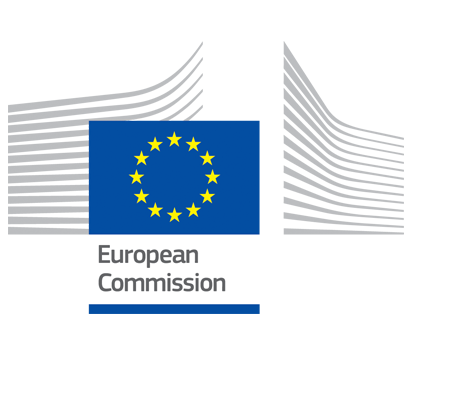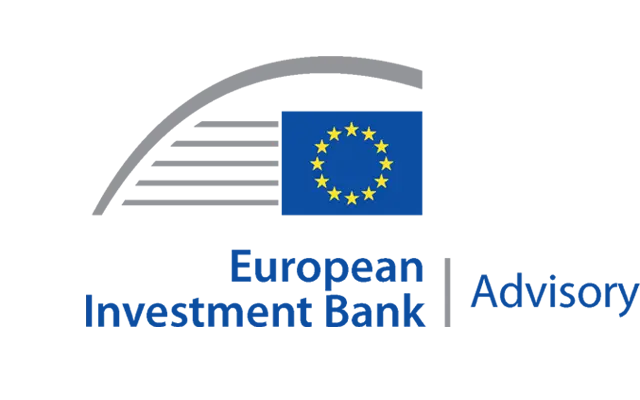New to financial instruments?
This page can help you get up to speed in the world of EU shared management financial instruments.
Browse through the sections below to build up your knowledge of financial instruments.
Introduction
Financial instruments are a form of support where EU shared management funds are delivered via a structure through which financial products are provided to final recipients. They provide an alternative to grant programmes and are suitable wherever the investment is likely to lead to financial returns or savings which can be used to repay the investments.
Benefits
When compared with grants, financial instruments offer three main benefits:
- The – money repaid by final recipients can be reused to support further investments to support the programme objectives
- – financial instruments can attract additional public and private co-investment to multiply the amount of financing available to final recipients. The scope to combine grant within the same operation further enhances the potential range of financial instruments and
- – financial instruments are closer to the market and implemented by financial intermediaries who bring their own sector expertise. Thus finance is targeted at viable projects with robust business plans increasing the impact of the investments made.
What are EU financial instruments?
Financial instruments co-funded by the EU shared management funds are a sustainable and efficient way to invest in the growth and development of people and businesses in the EU Member States and regions. They support a broad range of development objectives to the benefit of a wide range of recipients, with the potential for funds to be reused for further investments.
Financial instruments are suitable for financially viable projects and businesses, i.e. those which are expected to generate enough income or savings to pay back the support received. Financial instruments must address an identified market failure, e.g. where banks are unwilling to lend and/or where the private sector is unwilling to invest.
Managing authorities may choose to implement financial instruments where their use has been identified in the programme. The design of the financial instruments and choice of financial products should be determined early on in the implementation through the ex-ante assessment.
Financial instrument can take different forms:
Find out more about financial instruments products here
- Loans
- Guarantees
- Equity
- Quasi-equity
fi-compass has published many factsheets to explain the different forms:
How do they work?
What benefits do financial instruments bring?
Financial instruments bring many benefits:
- Money is paid back and used over and over again in the same region for other investments. This is especially important in times of public spending cuts.
- The use of public money attracts private investment. For instance, so-called ‘business angels’ may invest in small businesses alongside EU funded instruments when they would not have invested alone. Urban property that would otherwise lie unused can be reconfigured for a range of commercial and industrial uses because property developers can be persuaded to come on board. Banks may lend to entrepreneurs unable to offer collateral because of an EU-backed guarantee fund.
- With private investment comes private investor expertise. Firms and local authorities can benefit from a more ‘hands on’ approach to develop their projects as the organisations appointed to manage financial instruments are incentivised to see their investments succeed.
Advantages to managing authorities?
As a national, regional or local authority, you can increase the leverage of the money available for development in your area by attracting other sources of finance and re-investing the money paid back.
Watch these testimonial interviews to hear from managing authorities on the impact of EU shared management financial instruments.
Alignment with banks, fund managers, investors?
As a financial intermediary, you can contribute to sustainable development in your region by helping to invest EU funds in exchange for a management fee, while potentially broadening your customer base.
Watch these testimonial interviews to hear from banks, fund managers and investors on the impact of EU shared management financial instruments.
Supporting final recipients?
As a citizen, entrepreneur or business, you may be able to access finance thanks to EU shared management financial instruments. Your managing authority can tell you which financial intermediaries in your region offer financial products co-funded by EU funds that may be appropriate for you.
Watch these testimonial interviews to hear from final recipients on the impact of EU shared management financial instruments.
Which Regulations apply?
EU shared management financial instruments must comply with specific regulatory provisions which are set out in the Common Provisions Regulation (CPR) for shared management funds .
Learn more
about what regulations apply to specific EU shared management funds
A podcast series to explain the new CPR
The 'Calling the Tune' podcast series features experts from the European Commission’s DG REGIO discussing and shedding light on novelties of the Common Provisions Regulation 2021.
Similar to the role of a conductor guiding an orchestra, harmonising the instruments to one music sheet, our experts will walk you through the latest regulatory provisions with hands on advice and useful information tailored to help you set up financial instruments in the 2021-2027 programming period.
How much money is now contributed to financial instruments?
The total programme contributions committed to FIs increased by almost EUR 1.9 billion by the end of 2021, to EUR 29.3 billion, including EUR 21.9 billion from the European Regional Development Fund (ERDF) and the Cohesion Fund (CF).
Find out more in this article:
Financial instruments provided real returns in the real economy
What financial instruments are active in your country?
What is fi-compass?
About fi-compass
fi-compass is the go-to place for anyone interested in EU shared management financial instruments. The fi-compass platform for advisory services is provided by the European Commission in partnership with the European Investment Bank.
fi-compass supports financial instruments practitioners, by providing practical know-how and learning tools on financial instruments. These include ‘how-to’ manuals, factsheets and case study publications, as well as face-to-face training seminars, networking events, and video information. Browse through this website to find out more.
Keep me updated
Discover the impact of financial instruments using EU funds and keep updated about our events, publications and news.
















